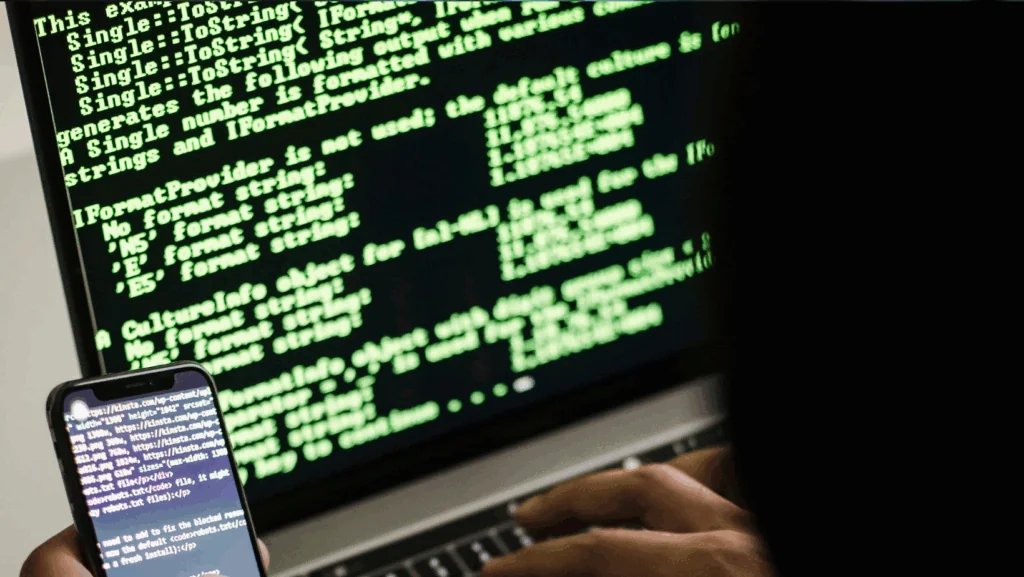Key Takeaways:
- p=none monitors authentication results but does not block fraudulent messages.
- Spoofed emails can bypass inbox filters and reach customers unchallenged.
- Phishing campaigns using your domain can result in brand damage and loss of trust.
- p=none should be a temporary step during DMARC deployment before enforcement.
- Regular domain health analysis helps detect spoofing attempts and misconfigurations.
- Strengthening DMARC to p=quarantine or p=reject greatly reduces spoofing risks.
- Pair DMARC with SPF and DKIM alignment for a complete email security strategy.
DMARC with a p=none policy is often misunderstood as a safeguard, but in reality, it only monitors email authentication without taking any action to stop threats. This creates a dangerous gap that cybercriminals can exploit to send spoofed emails that appear to come from your domain.
Such attacks can lead to phishing scams, financial fraud, and long-term reputational harm. While p=none is useful during the initial rollout of DMARC to collect data, leaving it in place indefinitely puts your organization at risk. Businesses should regularly analyze domain health with a domain analyzer to uncover vulnerabilities and ensure email security is actively enforced.
Understanding the 3 DMARC Policy Options
Your DMARC policy is defined by the p tag in your DMARC DNS record. This tag tells receiving mail servers what action to take when an email from your domain fails DMARC checks. There are three options you can set.
DMARC None (p=none)
This is the “monitoring only” policy. Think of this as telling the security guard to simply take notes on everyone who enters the building, legitimate or not, but to let them all in without interference. It provides no protection but sends you valuable reports (if configured with an rua tag) about who is sending emails using your domain.
- Example Record: v=DMARC1; p=none; rua=mailto:[email protected];
DMARC Quarantine (p=quarantine)
This policy is a safer option than p=none. It instructs the security guard to send suspicious guests to a separate room for further review. In email terms, under p=quarantine, messages that fail DMARC checks are flagged as suspicious and typically sent to the recipient’s spam or junk folder. This keeps potentially harmful emails out of the primary inbox, but doesn’t outright reject them. As a result, the recipient can still review and retrieve them if needed.
- Example Record: v=DMARC1; p=quarantine; rua=mailto:[email protected];
DMARC Reject (p=reject)
This is the strictest and most secure policy. Think of it as an ultra-cautious security guard who outright denies entry to anyone who fails the ID check. It never makes exceptions. In technical terms, emails that fail DMARC authentication are completely rejected by the receiving server. They never reach the recipient’s mailbox at all. This offers the strongest protection against spoofing and phishing.
- Example Record: v=DMARC1; p=reject; rua=mailto:[email protected];
p=none Isn’t Always Bad
While it may seem counterintuitive, the p=none policy can be both a useful tool and a dangerous liability. It all depends on how it’s used.
When is p=none a Good Tool?
The p=none setting is designed to be used during the initial, introductory phase of a DMARC implementation. It’s designed to help you:
Gather Information
With the DMARC aggregate reports, you can get a complete picture of all the services (both legitimate and fraudulent) that send email on behalf of your domain.
Identify Problems
These reports allow you to detect issues with your SPF and DKIM configurations without disrupting the flow of your legitimate emails.
Prepare for Enforcement
With this data, you can properly authenticate all your third-party senders. These may include Mailchimp, Salesforce, and many others. This will prepare you to move to a stricter policy, like p=quarantine or p=reject.
So p=none is an indispensable diagnostic tool for a limited time.
When p=none Becomes a Liability
The danger arises when an organization sets its policy to p=none and sticks to it forever. When used as a permanent “set-it-and-forget-it” solution, p=none transitions from a diagnostic tool to a serious security gap. It provides a false sense of security while offering zero actual protection against impersonation attacks.
Why Is a Permanent p=none Policy So Dangerous?
A permanent p=none policy is both ineffective and harmful.

It’s Worse Than Having No DMARC at All
This is the most critical point. With DMARC policy not enabled, a receiving mail server might still block a suspicious email based on its own analysis of SPF and DKIM failures. However, a p=none policy is a crystal-clear instruction to take no action. It’s like telling the server, “Even if this email looks like a forgery and fails SPF/DKIM, you must still let it through.” Cybercriminals are always on a quest for domains with p=none policies. This is because p=none guarantees their malicious emails won’t be blocked on the basis of DMARC.
Your Domain Reputation Suffers
If it’s so easy for hackers to impersonate your domain to send phishing and spam, your domain will quickly gain a bad reputation. This means even your legitimate emails will likely be filtered into spam folders or blocked outright by email providers. This may completely ruin your marketing efforts and push away current and potential customers.
You Are Vulnerable to Phishing and Domain Abuse
Phishing attacks account for over 30% of all data compromises. A p=none policy leaves the door wide open for hackers to abuse your brand’s name to defraud customers, trick employees, and launch devastating cyberattacks. Given that yearly cybercrime costs are trillions of dollars, this is not a risk worth taking.
The Coolest DMARC Strategy: A Phased Approach
The correct way to implement DMARC is to treat it as a journey with a clear destination: enforcement.
Step 1: Monitor (But Only Temporarily)
Start with p=none to monitor your domain and collect reports. Use this phase to get a comprehensive view of your email traffic. Ensure all your legitimate sending sources are properly authenticated with SPF and DKIM. Remember to set a clear timeline for this phase and make sure you stick to it.
Step 2: Set Up the p=quarantine Policy
As soon as you are confident that your legitimate emails are properly aligned, you can move to p=quarantine. This policy will begin protecting your domain by filtering unauthenticated emails into spam folders. But when you set up the p=quarantine policy, you should still continue to monitor reports to catch any legitimate sources you may have missed.
Step 3: Reject All Unauthenticated Emails with p=reject
This is the final goal. Switch your policy to p=reject. At this stage, you are instructing all receiving mail servers to outright block any email from your domain that does not pass DMARC checks. This provides the highest level of protection against domain impersonation, phishing, and brand abuse.
Summing Up
p=none isn’t always bad. It is a necessary first step, but a terrible final destination. Don’t let your domain’s security guard just be a note-taker. Empower it to protect you. Review your DMARC policy today and create a plan to move toward full enforcement with p=reject.
Frequently Asked Questions
What’s DMARC?
DMARC is a free and open email authentication protocol. It serves as a security guard for your domain. It aims to protect business domains and brands from spoofing and phishing attacks.
What’s DMARC p=none?
Based on your instructions, DMARC determines how to handle emails that fail authentication. A DMARC policy sets these instructions, and they can range from doing nothing (p=none) to outright rejecting the message (p=reject).
How can I check if my email is compliant with DMARC?
Companies like PowerDMARC offer a DMARC analyzer so you can easily assess your DMARC compliance with the help of a quick dashboard summary.
Is p=none the default DMARC policy?
Many DMARC generators assign p=none as the default DMARC policy. But during the manual implementation phase, you’ll need to define your policy in the “p=” field to avoid an invalid record.
Is p=none always bad?
No, it may be quite useful in the initial phase. However, it may become harmful if you use it indefinitely. For the longer term, aim for p=reject.
What if I don’t have the technical knowledge to make manual changes in my DNS?
You can use a hosted DMARC solution to let professionals handle the process of setting up and maintaining your DMARC policy.














Discussion about this post